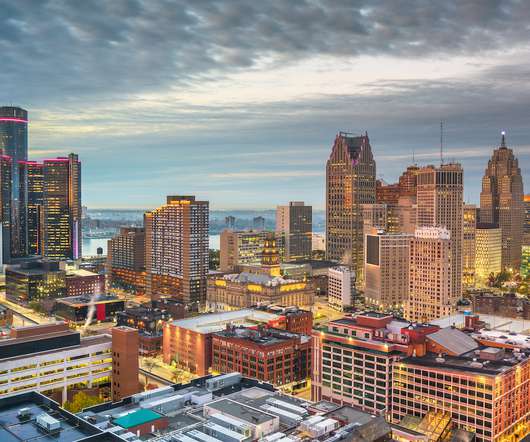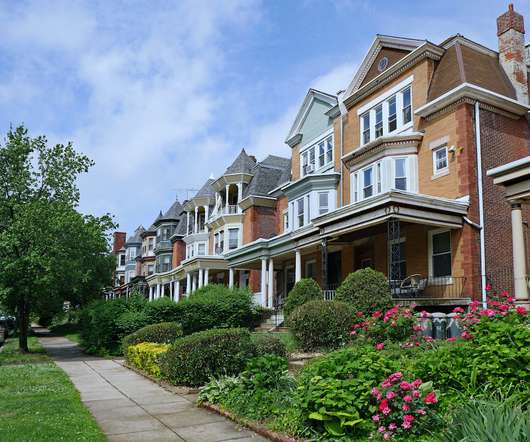Cities Where Buyers Can Afford the Most and Least
Pro Builder
NOVEMBER 20, 2020
Housing affordability continues to be an issue for many Americans. Nearly 67% of Americans are bunkered down by at least one non-mortgage debt. Data compared included median household income in each city, average non-mortgage debt, and median home values. Some big-city dwellers with debt may struggle to afford a home.















Let's personalize your content